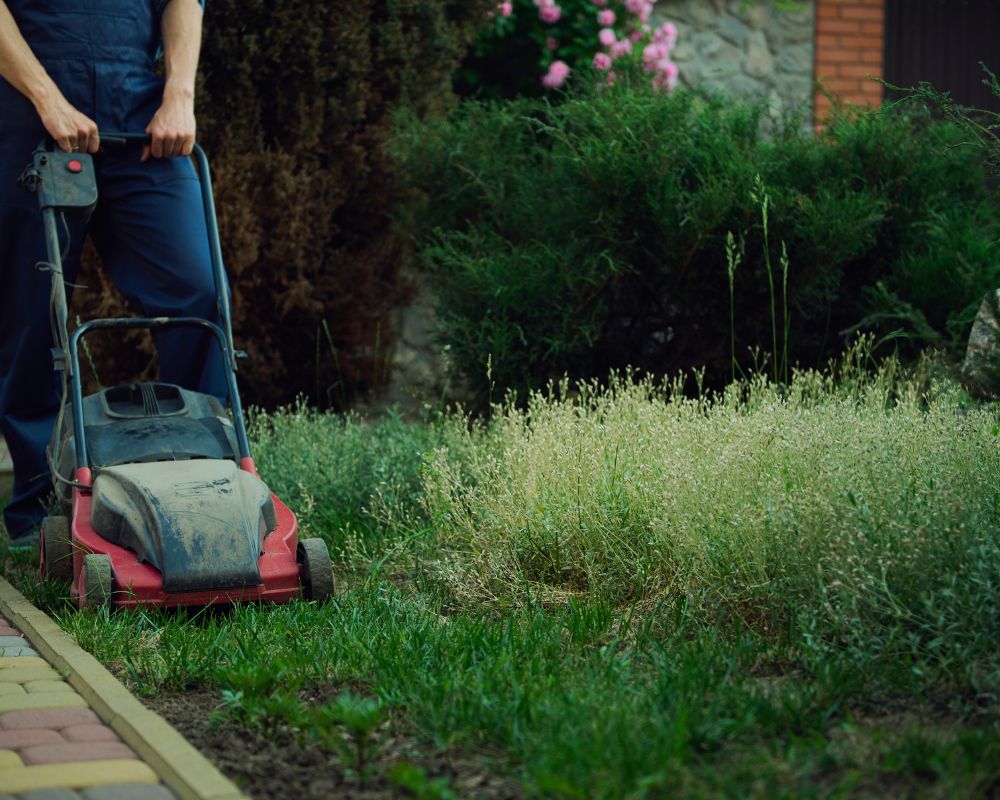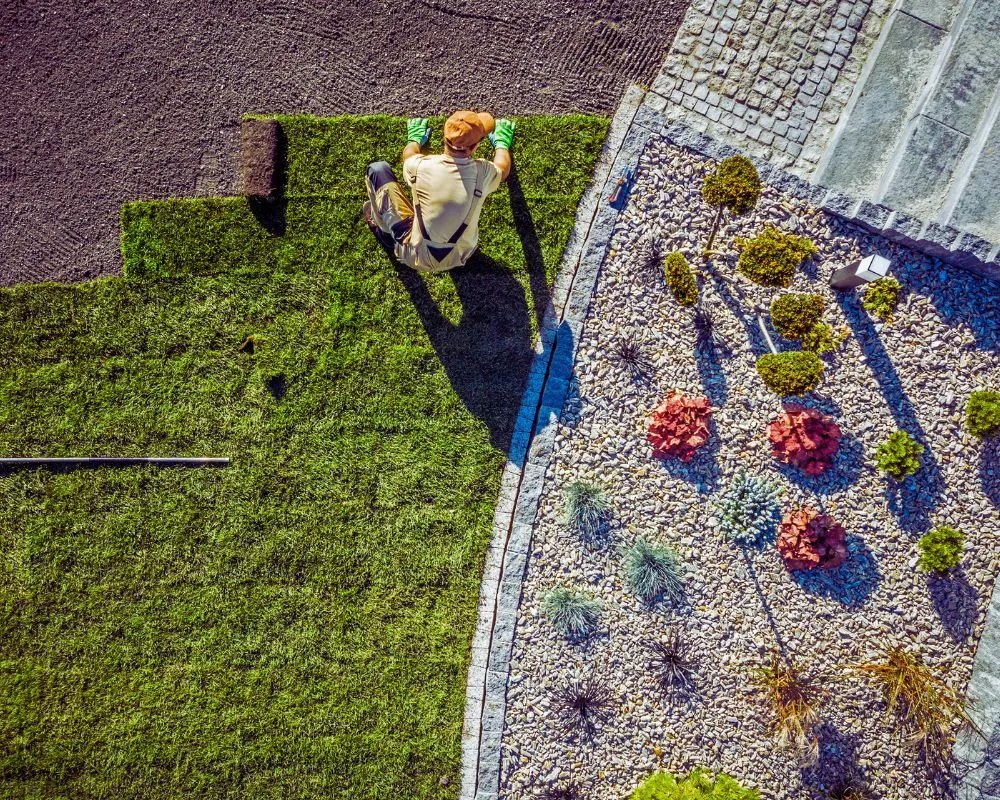
Gardening is an exciting passion and lots of hard work involve in it, which makes it very rewarding. But growing any garden, whether it is veggies garden, flower or ornamental plants take huge time, even years. So, if something goes wrong during the landscaping yard, you may have to miss out an opportunity of flourishing garden on the upcoming season, which can be unsatisfying. This blog will teach you some common gardening mistakes that show how you’ll be less likely to make them. 6 gardening mistakes that everyone makes are analyzed in this blog post.
Common Mistakes to Avoid During Landscaping
Creation of the beautifully landscape or yard is the dream of many homeowners. However, if you never maintain each of your gardening rituals properly, it could lead to the problem. Whether you are an experienced gardener or a beginner, avoiding these common mistakes will save your expenses and time. Six common mistakes that needs to avoided when landscaping your yard are as follows.
Placing Plants Too Closely Together
Planting trees too close together in a garden will not give enough room to them for growth. Many standard shrubs or bushes want to be three to five feet wide and tall, but if it is planted too close together or to one end of the path, which forces odd mowing, pruning or more maintenance. In this context, the proper use of a ruler or tape measure is essential to help determine the correct spacing. Checking the plant maintenance tag will help it grow to its full potential height and width.
Overplanting Through Different Types of Plant
It is very generic that someone has become very excited to grow their garden, but deciding what to plant in your dreamy garden is always a difficult question. Planting a variety of plants can be done creatively, but many of us are better off picking a palette of plants and repeating it throughout the yard. It can be noted that when you have a main character or a garden full of many different textures, colors and looks – it looks a bit too chaotic or often messy. Instead of this, depending on the size of your yard, five to ten plants could be perfect for your garden, and can repeat them swaths. It will give more natural and clearer look to the garden.
Choose Fast-growing Trees
If you believe your garden will take forever to grow, you can choose fast-growing plants, which are ideal for the long haul. Although fast-growing plants are prominent for near-instant or instant gratification since they are generally larger in size within containers, often they can be more trouble than they’re worth if you don’t plan for their full-size potential. If you want to plant a fast-growing tree, you will need to do a lot of hedging to keep your choice and scale. Rather than analyzing the immediate growth rate of the tree, it is very important to consider the long-term well-being and maintenance of the tree.
Underwatering or Overwatering
Proper watering is very important if you want a plant to thrive for long-run. Underwatering is very stressful for plants. Before watering, soil moisture needs to be properly tested so that you can learn the proper watering needs of your plants. The rule is to water your plants deeply but less frequently. It encourages deep root growth. Especially during drought overwatering not only drowns plants, but it is extravagant. Create a schedule so you wean off slowly while keeping your lawn hale and hearty. It is also helpful to allow the soil to dry out a bit, so that water can penetrate deeper and the roots become stronger. Regular monitoring of the garden is very important for the adjustment of the watering schedule depending on plant well-being and weather condition.
Excessive Level Pesticide Usage
The use of pesticides is very harmful to plants and the environment and that is why excessive use of pesticides is responsible for long-term problems. The overuse of chemical is very harmful to the beneficial insects, which is responsible for adversely impacts the well-being of plants and soil along with to pest resistance. To overcome this problem, the use of natural and organic alternatives to pesticides is advantageous, focusing on preventive measures such as companion planting, which encourages some beneficial insects. Adopting Integrated Post Management (IPM) promotes better soil structure, encourages natural predators, and uses chemicals.

Stop Discouraging Pollinators
People are sometimes nervous about having bugs, bees, bats or birds in their gardens. In a fit of nervousness, they are trying to eradicate these from their gardens. Somehow, these animals are vital part of the ecosystem and are struggling to survive as they are becoming obsolete. These creatures are one of the major sources to make your garden a luscious as well as hale and hearty. Without bees, crops germination is never making a sense, we would have no food, so it is important to create a space for them to thrive. On the other hand, Bats serve a dual purpose in ecosystems by being seed dispersers, as well as pollinators and helping to control insects.
Gardening can be a tricky and intricate procedure. It may seem difficult to make conscious choices to avoid harmful landscaping practices in your garden, but you can have beautiful gardening process that is also advantageous to the environment. If you avoid these six mistakes and adopt reliable methods instead, your garden will flourish without damaging your local ecosystem. These mistakes not just create difficulties for gardeners, but there are also a major environmental concern and also some perspective that may not have been thought about before.
Keep in mind, that good landscaping is a long process. Ongoing maintenance, combined with observation of your yard and thoughtful adjustments, will enable your yard to grow and stay flourishing for many years. If you have questions or uncertainties about one area of your landscaping project, then seek the advice and guidance of a professional. With the right approach, a yard can be a beautiful and prized part of your home.
Tags:

